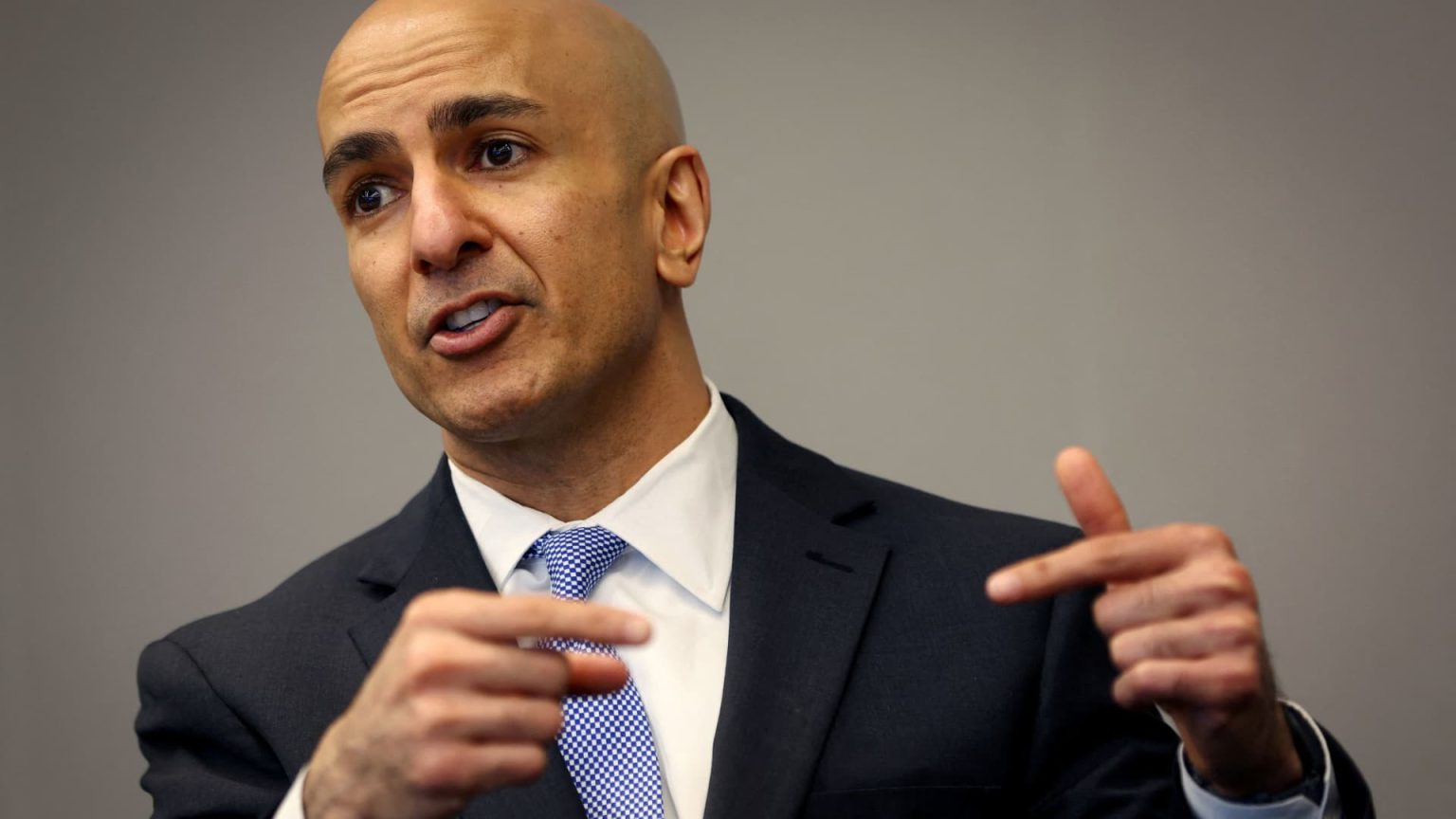Minneapolis Federal Reserve President Neel Kashkari said the Federal Reserve should hold off on cutting interest rates until there is significant progress on inflation. He emphasized the need for more positive inflation data before considering any rate cuts. Kashkari also suggested that if inflation does not decrease further, the Fed could potentially even raise rates. Despite his confidence that the Fed will eventually reach its 2% inflation target, Kashkari is cautious about rushing into rate cuts and believes that the central bank should take its time to make the right decisions.
In April, U.S. inflation rose slightly less than expected at 0.3%, providing some relief for policymakers. However, the year-on-year rate remained at 3.4%. Kashkari stressed that the Fed may consider increasing its target rate in the future, but it is not appropriate to change goals at the current stage. Earlier in the month, Kashkari had mentioned that the Fed might need to keep interest rates steady for an extended period, possibly throughout the year, in order to meet its target. This cautious approach contrasts with the growing hawkishness of the Fed, particularly as other central banks consider rate cuts.
There is a divergence among major central banks in their outlook for interest rates. Despite traditionally being the first to move, the Fed is becoming more hawkish due to persistent inflation. In contrast, the European Central Bank is expected to lower rates before the Fed, with a couple of key figures from the ECB supporting a June cut. Additionally, the Bank of England is also anticipated to cut rates in the summer. This disparity in monetary policy decisions reflects the varying economic conditions and priorities of different countries and regions.
Kashkari’s stance on waiting for more positive inflation data before considering rate cuts or adjustments reflects a cautious and deliberate approach to monetary policy. He emphasizes the importance of taking the time to make informed decisions rather than rushing into action. This contrasts with the more aggressive stance of certain central banks, indicating a divergence in strategies amid global economic uncertainties. As the economic landscape continues to evolve, central banks will need to carefully assess the impact of their decisions on inflation, growth, and overall financial stability.
The careful balance between stimulating economic growth and controlling inflation is a key consideration for central banks around the world. Kashkari’s focus on ensuring that the Fed reaches its inflation target while avoiding hasty rate cuts highlights the complex challenges faced by policymakers. The differing approaches among central banks, as seen with the Fed, ECB, and Bank of England, demonstrate the nuances involved in setting monetary policy. As economic conditions evolve, central banks will need to adapt their strategies to support sustainable growth and maintain stability in the global financial system.
Overall, Kashkari’s comments underscore the importance of patience and prudence in monetary policy decisions, particularly in the current environment of uncertain economic conditions. By waiting for more positive inflation data and carefully evaluating the need for rate adjustments, central banks can strike a balance between supporting growth and managing inflationary pressures. The divergence among major central banks in their outlook for interest rates reflects the complex and varied economic realities facing different regions. Moving forward, policymakers will need to remain vigilant and flexible in navigating the challenges of a dynamic global economy.













